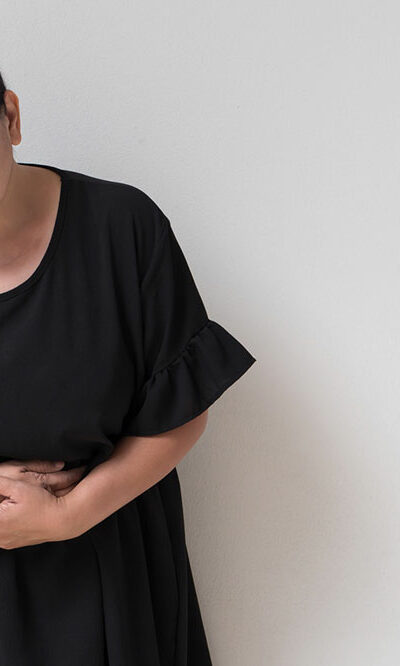Autism – Common signs in early childhood

The symptoms of autism spectrum disorder differ significantly depending on various aspects, including the child’s age. The signs could be observed in their behavioral patterns as early as age one. Regardless of whether someone has the condition, all children should be screened for developmental delays and disabilities during regular healthcare appointments when they are 9, 18, and 24 or 30 months old. Here are the common autism signs in children in different age groups.
Babies between six months and one year
A few developmental differences might become more apparent when a baby becomes a toddler. Parents can identify autism by looking out for specific irregularities during this stage. For instance, the baby might:
- Not like seeing new faces.
- Not show any form of affection.
- Dislike being cuddled.
- Refrain from pointing their fingers at things.
- Show no response to their names when called.
- Make limited or no conversation.
- Shy away from initiating conversations in the form of “chatter” or “babble.”
- Avoid asking for help even if needed, and struggle with the activity instead.
- Rarely smile in social situations.
- Make limited to no eye contact.
- Not turn their head to locate sounds, nor react to loud noises.
- Display a lack of social anticipation (such as not understanding the game of “Peek-a-boo” and not reaching out their arms to be picked up).
- Indulge in unusual or repetitive body movements.
Toddlers up to 24 months
As the baby grows, the signs of autism may become more apparent. Parents may notice that an 18-month-old child still does not speak. Most children with autism are not diagnosed before age two because caregivers may misunderstand the signs as something else. The lack of access to specialists may also cause the misidentification of symptoms. Children with autism up to the age of 24 months may:
- Show limited interest in speech.
- Walk only on their toes.
- Not imitate the actions of others.
- Have an excessive interest in certain objects and get accustomed to them (for instance, a child who finds a light switch interesting may keep turning the button on and off).
- Develop an interest in peculiar objects, such as those made from metal.
- Indulge in repetitive activities, such as lining up objects on the table or floor.
Children up to 36 months
A child with autism who is 24 months of age may start to speak and imitate the actions of others around them; however, there are other signs to look for when children are between 24 and 36 months. These include:
- Not being able to speak or having limited speech (while the child might communicate, they may do so by using a few small words).
- Using objects differently, such as lining up toys instead of playing with them.
- Struggling to follow simple verbal instructions.
- Showing limited interest in interacting and playing with other children (they may find it challenging to make friends and prefer to be by themselves).
- Finding it difficult to understand simple concepts.
- Struggling to express how they feel (the child may not understand the thoughts and feelings of those around them).
- Repeatedly speaking about their limited interests.







